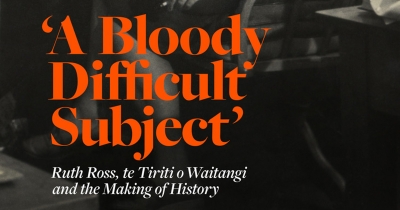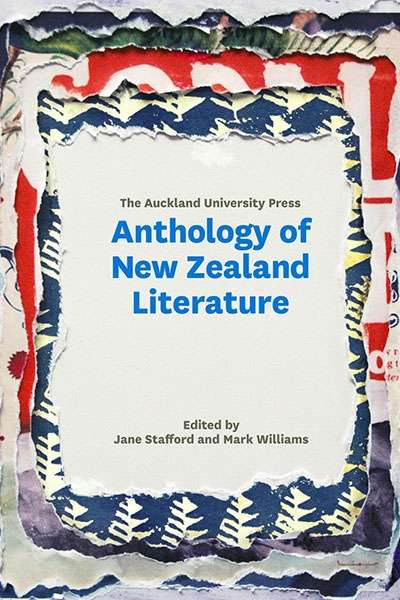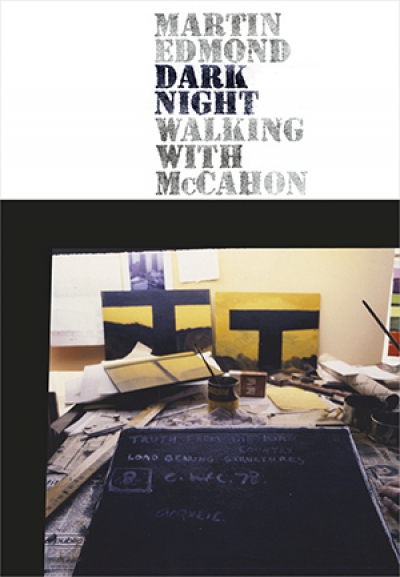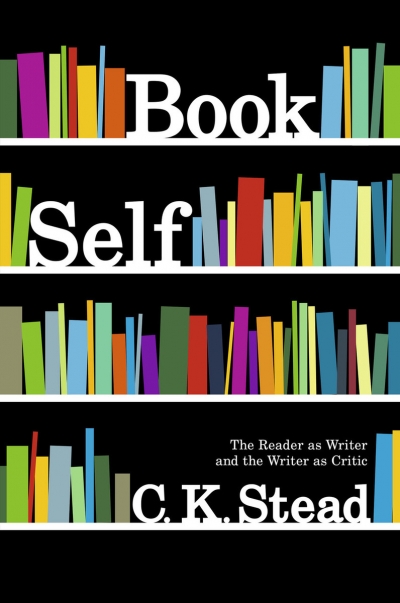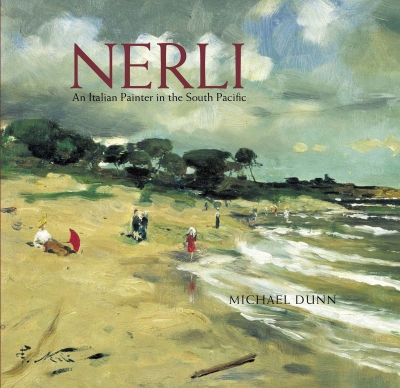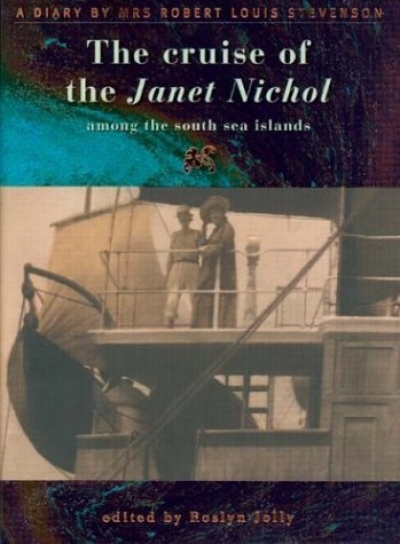Auckland University Press
'A Bloody Difficult Subject': Ruth Ross, te Tiriti o Waitangi and the making of history by Bain Attwood
by Jim McAloon •
The Auckland University Press Anthology of New Zealand Literature edited by Jane Stafford and Mark Williams
by Brian Matthews •
Book Self: The reader as writer and the writer as critic by C.K. Stead
by Gregory Kratzmann •
Nerli: An Italian painter in the South Pacific by Michael Dunn
by Julie Roberts •
The Cruise of the Janet Nichol among the South Sea Islands edited by Roslyn Jolly & Robert Louis Stevenson edited by Roger Robinson
by Kate Darian-Smith •

